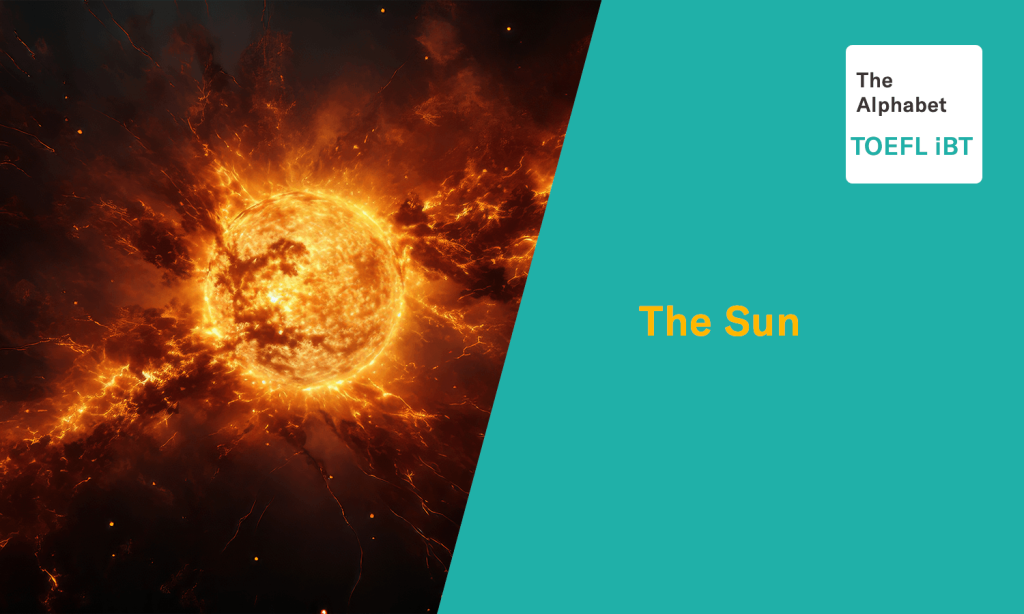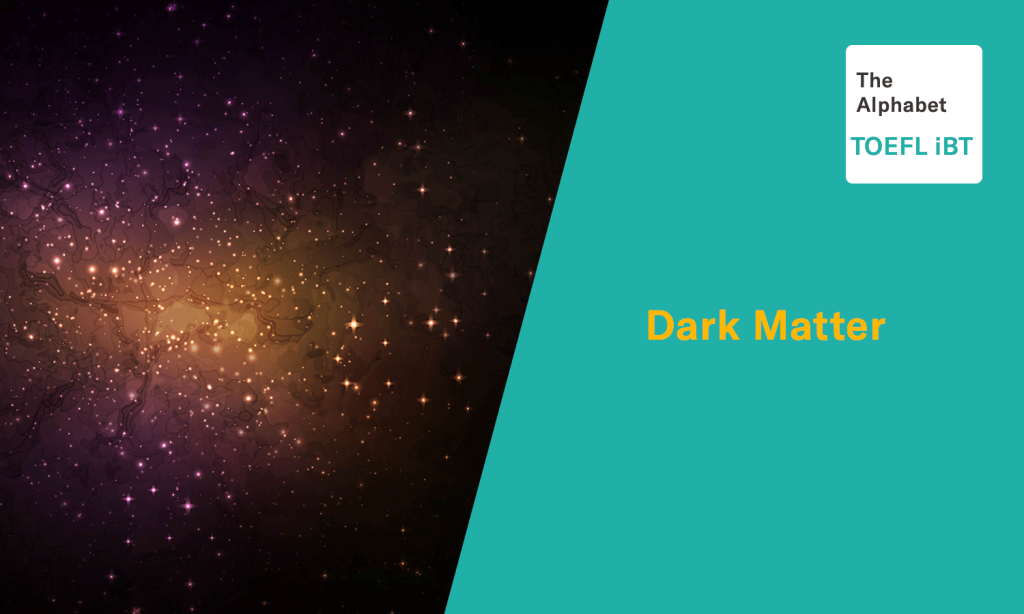The placebo effect, a phenomenon where individuals experience real symptom relief despite receiving a treatment with no active therapeutic properties, has long intrigued scientists. While its existence has been well-documented through clinical trials and observations, the underlying mechanisms remained unclear. Recent research led by neuroscientists at the University of North Carolina School of Medicine has shed light on a critical aspect of the placebo effect, revealing a newly discovered brain pathway involved in pain control.
The research, published in Nature, was conducted by a team from the University of North Carolina, along with collaborators from Stanford University, the Howard Hughes Medical Institute, and the Allen Institute for Brain Science. They identified a pain control circuit that connects the cingulate cortex, located in the brain’s frontal region, to the cerebellum, situated at the back of the brain, through the pons region of the brainstem.
The team, led by Greg Scherrer, an associate professor at the UNC School of Medicine, demonstrated that certain neurons and synapses within this pathway are highly active when subjects anticipate pain relief, even in the absence of an actual pain-relieving intervention. This finding provides a new understanding of how expectations can modulate pain, offering potential avenues for novel pain treatments that could harness this pathway.
Scherrer and his colleagues suggest that this discovery could pave the way for further research into the brain’s role in other mind-body interactions and placebo effects beyond pain management.
Humans have always sought relief from pain, and the placebo effect is one manifestation of the brain’s complex response to this need. The brain’s ability to alleviate pain through expectations alone, even without real medical intervention, highlights its powerful influence on physical well-being. This phenomenon is frequently observed in clinical trials, where some participants in a “sham” treatment group—receiving a placebo—report significant symptom improvement. The placebo effect can be so strong that individuals in these groups believe they have received actual treatment.
Interestingly, it is believed that participants in the “actual” treatment group may also benefit from the placebo effect, making it challenging for researchers to distinguish between the effects of the treatment and those of the placebo. Understanding the precise brain mechanisms behind this effect is crucial for improving the design of clinical trials and therapeutic interventions.
To delve deeper into the placebo effect, Scherrer’s team conducted a series of meticulous experiments. They focused on the anterior cingulate cortex (ACC), a brain region previously linked to the pain placebo effect, but whose role was not fully understood. Using mice, the researchers developed a method to induce an expectation of pain relief, which then triggered a measurable placebo effect. They employed advanced techniques, including genetic tagging, calcium imaging, RNA sequencing, electrophysiological recordings, and optogenetics, to observe the activity of neurons in the ACC during the placebo effect.
These detailed studies allowed the scientists to map the brain circuits involved in the placebo effect with unprecedented precision. They discovered that neurons in the rostral anterior cingulate cortex send signals to the pontine nucleus, a brainstem area not previously associated with pain modulation. The expectation of pain relief was found to enhance signals along this pathway, which is rich in opioid receptors—key components in pain regulation.
Furthermore, the team found that by inhibiting this pathway, they could disrupt the placebo effect and increase pain sensitivity in the mice. Conversely, activating the pathway without any placebo conditioning resulted in pain relief, demonstrating the pathway’s pivotal role in modulating pain.
Additionally, the researchers identified that Purkinje cells in the cerebellum exhibited activity patterns similar to those in the ACC during pain relief expectation, providing cellular-level evidence for the cerebellum’s involvement in cognitive pain modulation.
The discovery of this pain control pathway opens new possibilities for developing treatments for chronic pain. Scherrer highlighted the need for non-addictive, side-effect-free pain therapies, suggesting that targeting this newly identified neural pathway could lead to more effective pain management strategies.
This research represents a significant advance in our understanding of the placebo effect and its role in pain relief, potentially transforming the way chronic pain is treated in the future.




